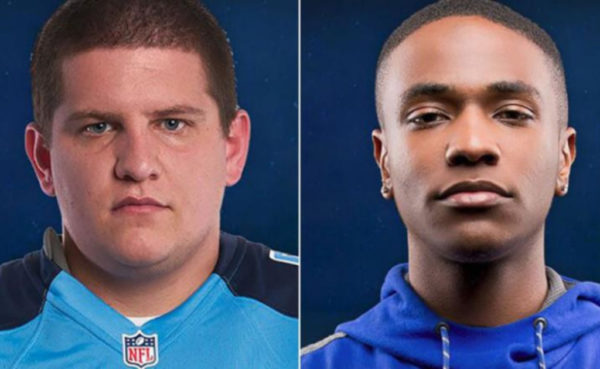NASA performed a test flight on its flying saucer, Low Density Supersonic Decelerator (LDSD), in Kauai, Hawaii, Saturday. The test proved to be a success, with one exception; its parachute failed to deploy accurately.
According to HNGN, the test flight, which was postponed from June 3rd due to bad weather, took place on Saturday June 28th at approximately 2:40 P.M. EDT. The test flight was performed in order to assist engineers in tweaking the LDSD aircraft so that it could survive the atmosphere of Mars and slow enough to land. The aircraft consisted of a parachute that measured 100 ft. wide and two Supersonic Inflatable Aerodynamic Decelerators (SIADS) devices which resembled flying saucers; one saucer measured 20 ft. wide and the other was 26 ft. wide.
The LDSD aircraft performed as planned during takeoff and was shot 34 miles into the air at an extremely high speed. However, when it came time for the large parachute to deploy, it became tangled. Regardless of the failure, NASA still considers the $88 million costs of the experiment worth it because they have learned a lot from it, according toMetro News .
NASA deems failures successes, as they learn more from those than they do from successes, according to a remark made by the LDSD primary investigator Ian Clark to Space.com reporters.
NASA plans to test quite a few more LSDS flights next year.



